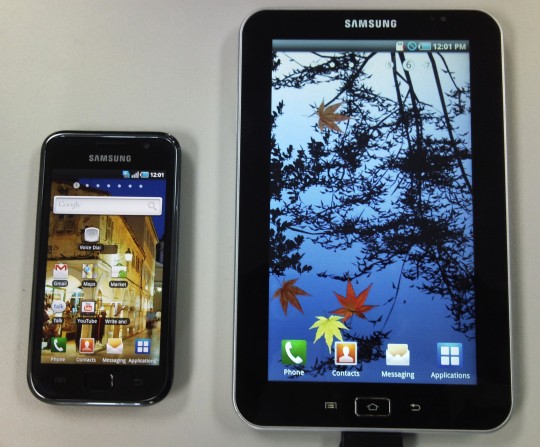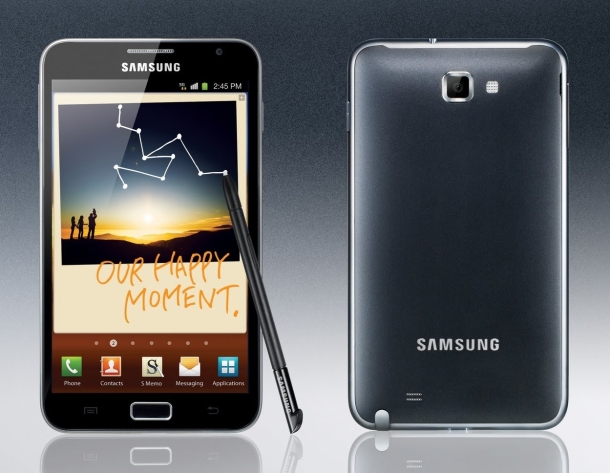Canon announced the highly anticipated EOS Rebel T4i (aka 650D) DSLR camera. This entry-level DSLR is equipped with a new 18 Megapixels CMOS sensor that offers a hybrid of phase and contrast autofocus, DIGIC 5 Image Processor, and 3.0-inch vari-angle LCD touch screen with 1.04 million dots resolution. Borrows from the EOS 60D DSLR, the T4i features a new AF system with a 9-point all cross-type sensor array and Hybrid CMOS AF to achieve fast focus when shooting stills or video in Live View mode. There is also a new Movie Servo AF mode for a continuous AF during HD video recording when using the newly introduced Stepping Motor (STM) lenses. The T4i also comes with stereo microphone, 5fps burst shooting (versus T3i's 3.7fps), ISO range up to 12800 (expandable to 25600), adjustable noise reduction strengths and two new creative filters: art bold and water painting.There are two new STM lenses that's announced along with the T4i - the EF-S 18-135mm f/3.5-5.6 IS STM lens and EF 40mm f/2.8 STM lens. Both are Stepping Motor STM lenses which can support smooth and silent focusing to achieve continuous AF while recording video.
The EF-S 18-135mm f/3.5-5.6 IS STM lens also comes with Dynamic IS (Movie Shooting Mode only) that uses a wide image stabilization correction range to help ensure steady video. The one-inch thick EF 40mm f/2.8 STM pancake lens boosts an aperture of f/2.8 making it an ideal lens for capturing portrait stills or video. The Canon EOS Rebel T4i is listed for an estimated $849 body-only, or $949 with an 18-55mm kit lens, or $1,199 with the new 18-135mm kit lens. That lens alone is listed for $549, and the new 40mm pancake is listed for $199. Here's the summary of hands-on review by ePhotoZine:"At the Jessops re-launch of the New Oxford Street store in London, we had a hands-on look at the new Canon EOS 650D in the Canon section of the store. Unfortunately it was a pre-production sample so we were unable to put a memory card in it to have a look at the image quality. We were, however, able to use the camera's new touch-screen interface, this lets you touch an area of the screen to select focus and take a photo. It's also possible to use the rear control screen to change settings directly on the screen. There are further benefits in playback with swipe to go from photo to photo, as well as multi-touch zooming - much like the iPhone interface. There are also new creative filters in playback mode. Improved live view and video modes are thanks to a new sensor based 9 cross type hybrid focus system, that is said to be more precise than the focus system on the 600D. Another benefit for anyone recording video is the built in stereo microphones. The 650D now features in-camera HDR creation, combining three exposures into one shot with extended dynamic range. There is also lens aberration correction, that now corrects for chromatic aberration, based on built in lens profiles. Pressing the Q button on the touch-screen activates the rear control screen, letting you change options. Live view focus seemed a little slow with the 18-55mm lens, although it will be interesting to see how a final production version performs, particularly with the new lenses and we will be putting the camera through the full tests when we get the camera in to review."











 Japanese electronics maker Sony has announced two new smartphones, the Xperia Miro and Xperia Tipo ahead of schedule following a successful social media campaign.
Japanese electronics maker Sony has announced two new smartphones, the Xperia Miro and Xperia Tipo ahead of schedule following a successful social media campaign.
 The Hubble Deep Field, with the location of galaxy HDF 805.1 marked. This galaxy, completely invisible in visible light, formed 1.1 billion years after the Big Bang.
The Hubble Deep Field, with the location of galaxy HDF 805.1 marked. This galaxy, completely invisible in visible light, formed 1.1 billion years after the Big Bang.





